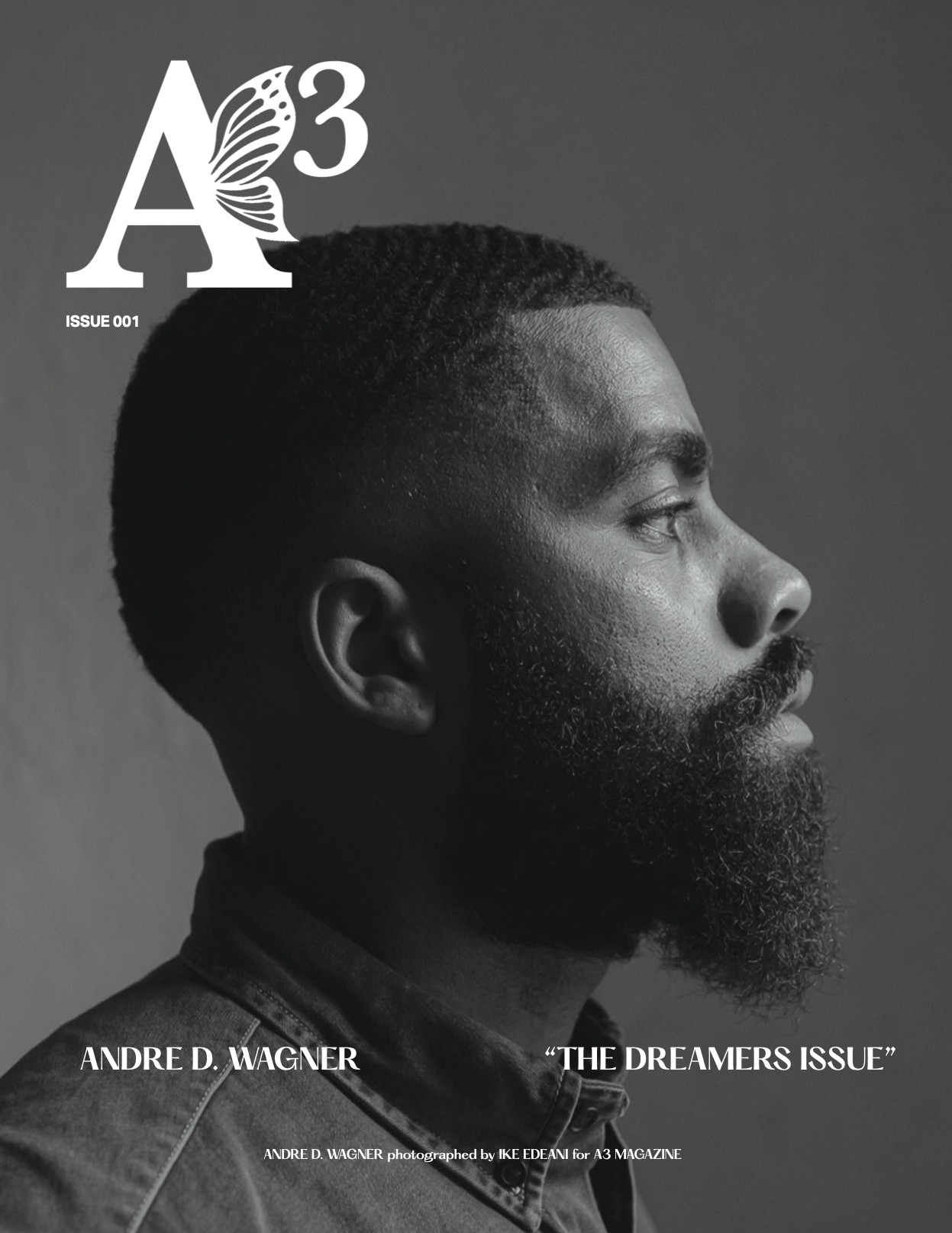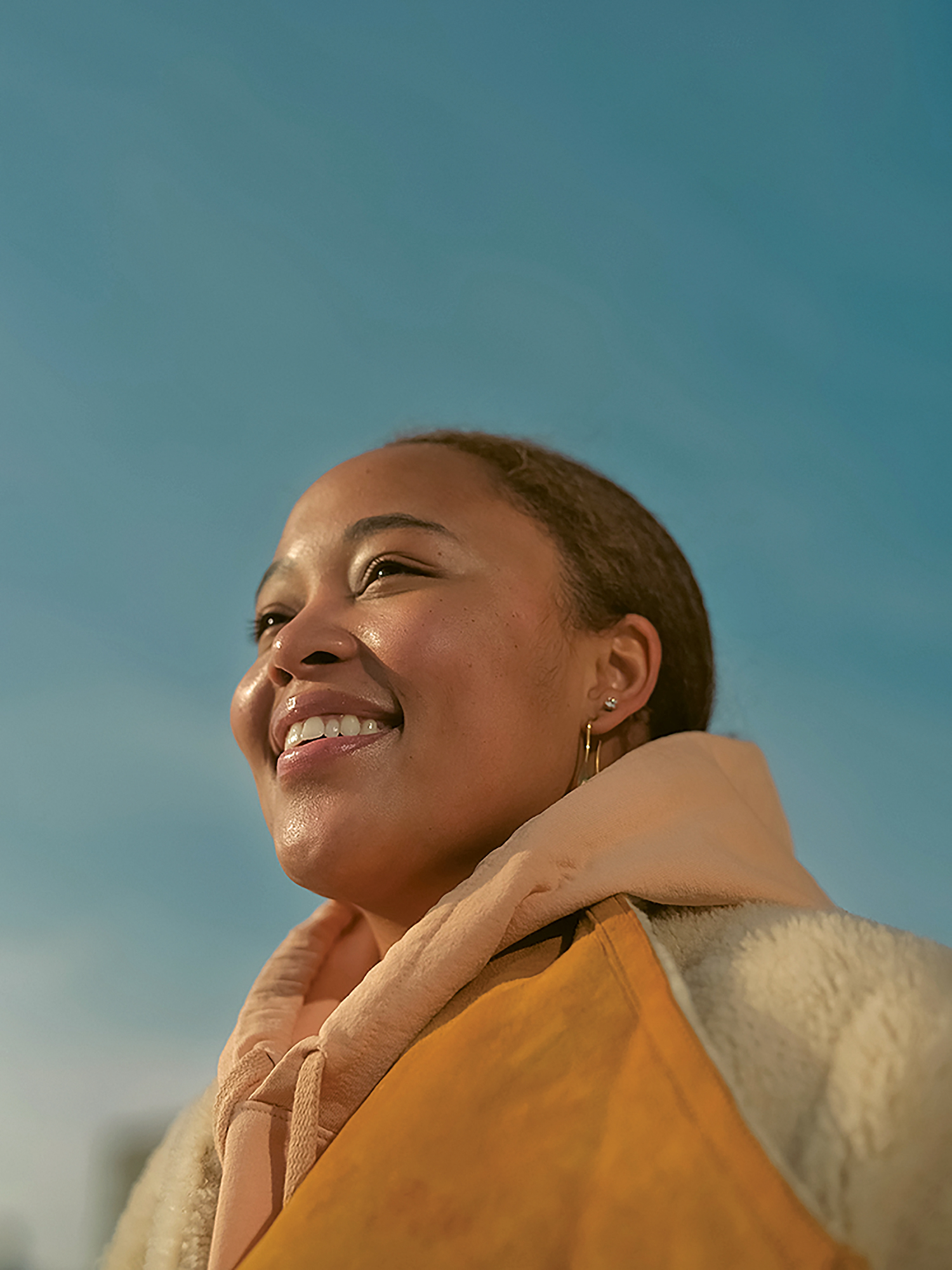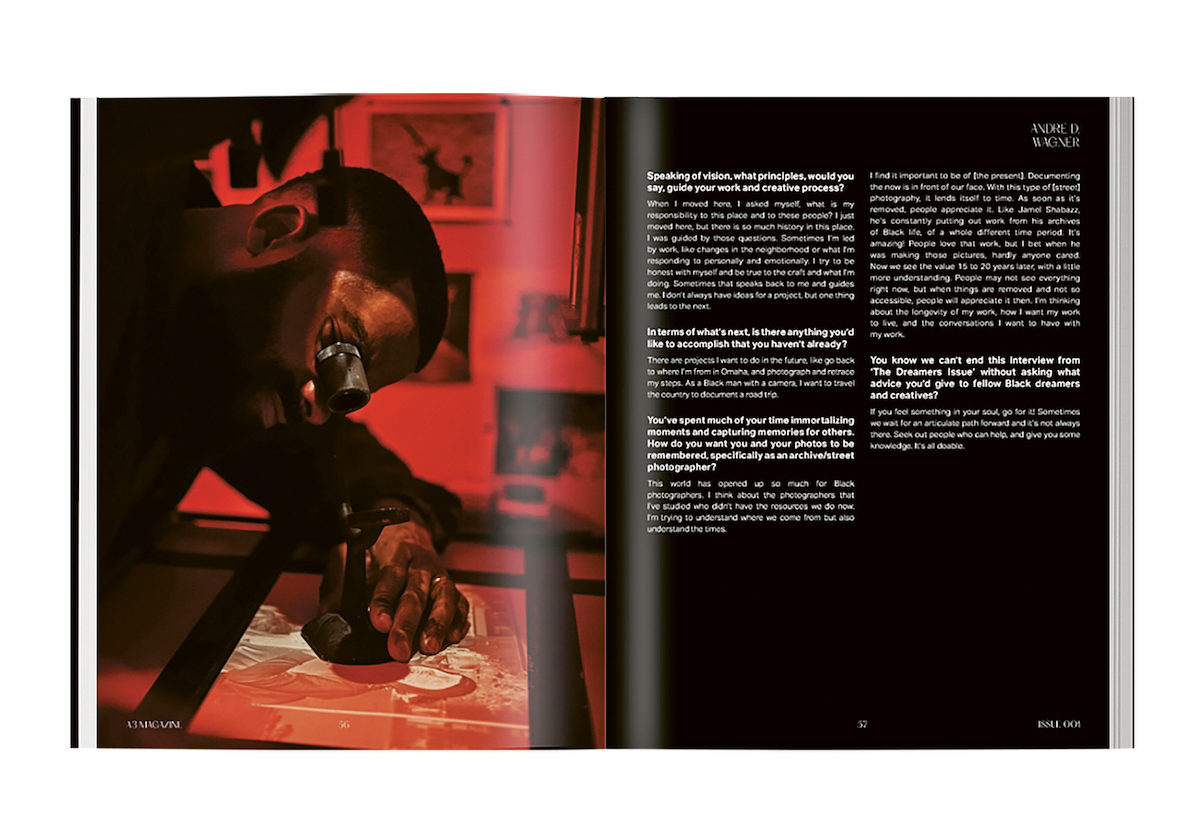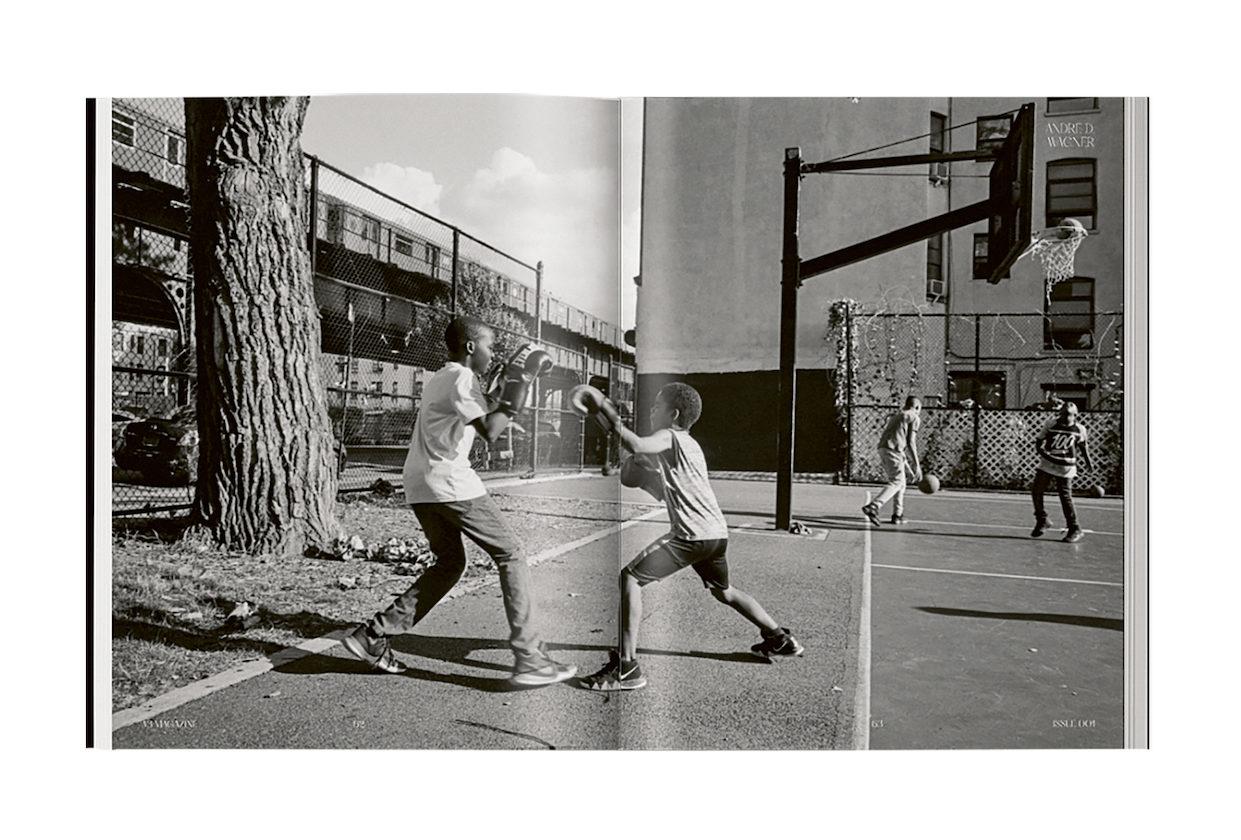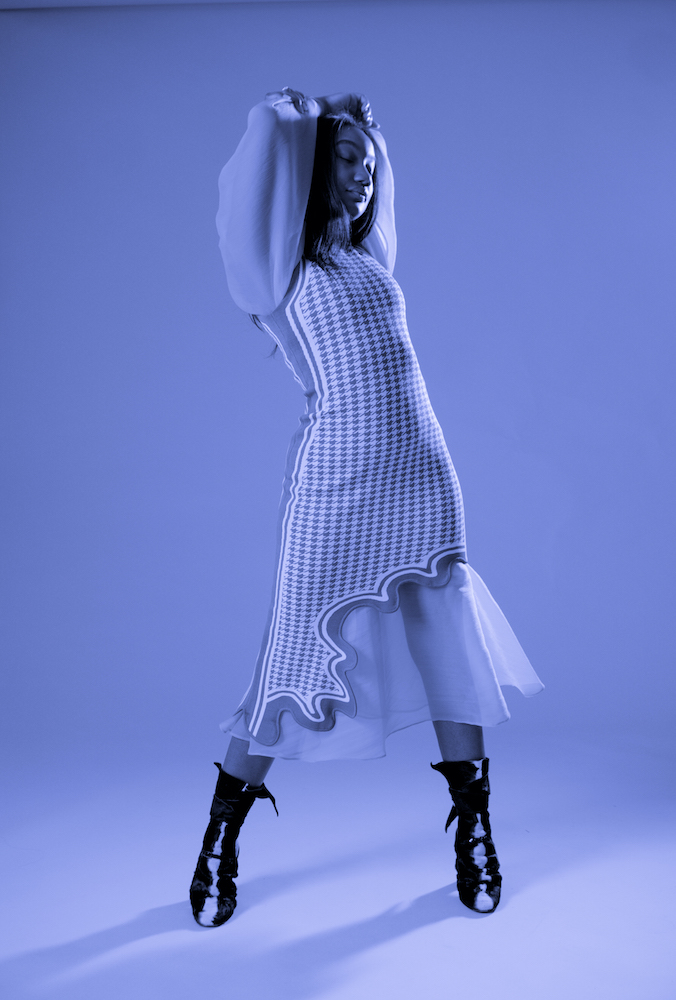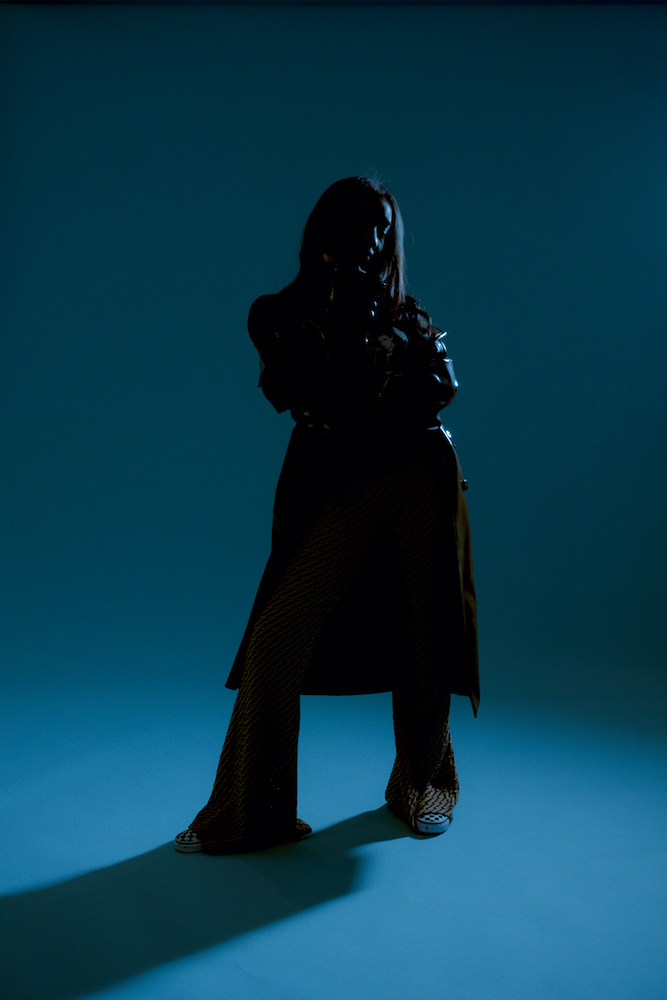Prioritising Black and Brown voices in arts and culture, magazine founder Azia Javier discusses the editorial process
A3 Mag is a quarterly digital and print magazine dedicated to celebrating Black and Brown artists, creatives, and visionaries. The magazine casts light on how Black and Brown creativity is impacting the art world, with a unique perspective and unapologetic execution. A3 Mag bridges the gap between the worlds of fine art and street art with the unifying ethos of “Community over clout”. Here, its founder Azia Javier discusses the publication’s approach to photography.
British Journal of Photography: What are the most important matters to consider when planning a commission?
Azia Javier: I’ve found hiring photographers that are friends of the subject is key in getting the most personality and authenticity in the shoot. In hiring photographers for the inaugural issue of A3 Magazine, we made sure to ask each feature who their preferred photographers were in an effort to build the magazine on the foundation of a growing community.
I also took into consideration the mood board and shot list to give each photographer references as to what we were looking to include in the print magazine. This was a collaborative effort as after I gave my direction, the photographer was able to capture that in their own unique way.
Shoot location was a huge consideration with each photoshoot as we wanted to visually tell a story that had never been done before, like Andre D. Wagner in his personal dark studio, Grounded Plants in their workspace/warehouse, and the Black Boy Fly creators on a rooftop in Brooklyn. The authenticity that we got in each of these spaces is something I’m grateful we were able to achieve.
BJP: What Does A3 Magazine do differently?
AJ: A3 Magazine is dedicated to celebrating Black and Brown creativity in various forms. We believe everyone is innately creative and deserves to be celebrated. Our feature picks are specifically chosen to break the boundaries of how creativity is understood.
A3 Magazine is intended to be a visual story through the artist’s lens and medium. Whether that be photography, paint, entrepreneurship, etc. we focus on sharing their unique point of view unapologetically.
We’re also here to build community. Our motto is ‘community over clout’ meaning we want to build a community of Black and Brown creatives that can collaborate, share ideas, and celebrate each other. We’re not here to be a platform that deems anyone more important or valid than the next person, we’re simply here to advocate for creatives, artists and visionaries.
BJP: How do you look for new talent?
AJ: Talent is suggested and presented to me in so many ways. Through the internet, Instagram, constant suggestions from friends and colleagues, previous collaborators, the list is endless.
The beauty of this magazine is that the creative community has responded so positively that we’ve been able to start conversations about future projects based on the release of the first issue with creatives organically reaching out.
BJP: What catches your attention?
AJ: An artist who creates their own narrative and stays true to what inspires them. I think there are some creatives who follow the trend as to what is expected of them to be ‘cool’ or ‘relevant’ when they have deeper stories to tell. The pressure of social media makes them afraid to share or dive deeper into that creativity.
Andre D. Wagner said it best in his interview with us, he said “If you feel something in your soul, go for it! Sometimes we wait for an articulate path forward and it’s not always there.”
All of the features and collaborators in the first issue were unique in that they were beating to the sound of their own drum. We celebrate all the dreamers out there.
BJP: What do you think some of the largest barriers Black and Brown artists face are?
AJ: I think some of the barriers Black and Brown artists face are education, representation, and opportunity. Many of the creatives we interviewed revealed that representation has been huge in both the present and as they reflect on their upbringing. Growing up, seeing people who look like you do different jobs and create different things really opens up your mind to the endless possibilities of your future. Without that representation or exposure through arts education, Black and Brown creatives are forced to create and find art on their own.
When it comes to opportunity, the fact that we’re still accomplishing ‘firsts’ says enough. An example of this is Tyler Mitchell being the first Black photographer for the cover of Vogue in 2018 despite its 126-year existence. Opportunities are seldom given to Black and Brown artists and barriers to entry are high. A3 Mag hopes to create a tangible space for Black and Brown creatives to build community and to never stop dreaming.
BJP: How important is social media in the photo editorial world?
AJ: I think it’s very important in terms of accessibility. You never know who is seeing your photos. It could be a 14-year old in a completely different country than you who’s interested in photography but doesn’t know where to start or a magazine who’s interested in commissioning or featuring you.
BJP: Which projects are your biggest influences?
AJ: With my experience in the music industry, most of my influences come from live music, music videos, or album rollouts. The narratives that artists showcase in what starts as an album, then into visuals that further tell that story, and ultimately a live music experience that merges it all together is absolutely fascinating. The evolution and progression of that fascinate me.
When I got Rihanna’s ANTI world tour photobook, the visual storytelling through a print medium had me in awe, on top of being a fan of the music.
I’m also a huge coffee table book fan and have always wanted to create my own. This magazine is a part of that creative journey.
BJP: What advice would you give to photographers starting in the industry?
AJ: I’d tell them to be intentional about their art and trust their creative instincts. Rome wasn’t built in a day, and creativity is all in the journey, not the outcome. Just trust yourself.

